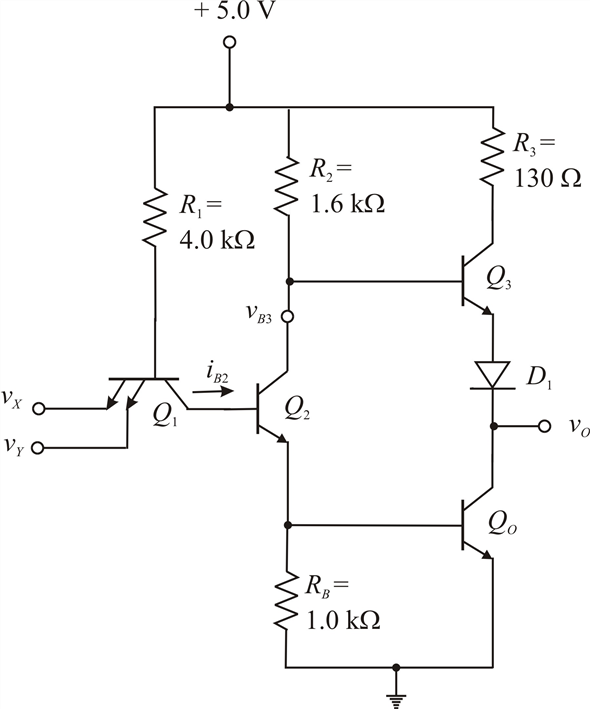
There are two sleep modes available in the nRF5x family : Sleep Mode Power saving modes available in an nRF5x SoC The advantages of not retaining RAM content is that the overall current consumption is reduced. Through this feature, we can set which RAM blocks to be retained (kept On) during System On/System Off sleep modes. In addition to that, it facilitates two explicit sleep modes ( System On and System Off ) that we can put the SoC into, which is the focus of this lesson.įurther more, the PMU can allow us to configure RAM retention during System Off or System On. It will then start/stop and choose operation modes in supply regulators and clock sources, without user interaction, to achieve the lowest power consumption possible. PMU inside an nRF5x SoC – Source: Nordic Product Specificationīy default, the PMU automatically detects which power and clock resources are required by the different components in the system at any given time. The name of this module is the Power Management Unit (PMU), which manages both the clocking and power on per unit level. Inside an nRF5x SoC there is a dedicated complex hardware to manage the power consumed by the CPU, and each&every system block and peripheral including the RAM memory.

Finally, we will touch on the how to measure the current drained by an nRF5x SoC. The API’s needed to configure them with and without SoftDevice are examined thoroughly with hands-on exercises.


We will go over all the details for the two power saving modes available on an nRF5x SoC: System On and System Off and the two sub power saving modes accessible in the System On. In this lesson, we will take a closer look at power management in an nRF5x SoC.


 0 kommentar(er)
0 kommentar(er)
